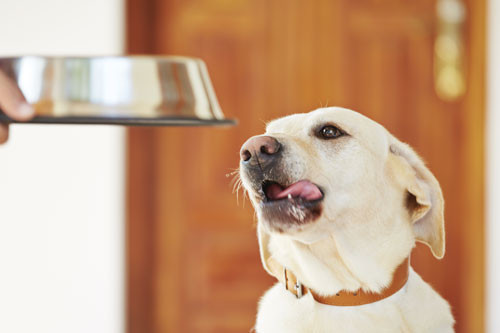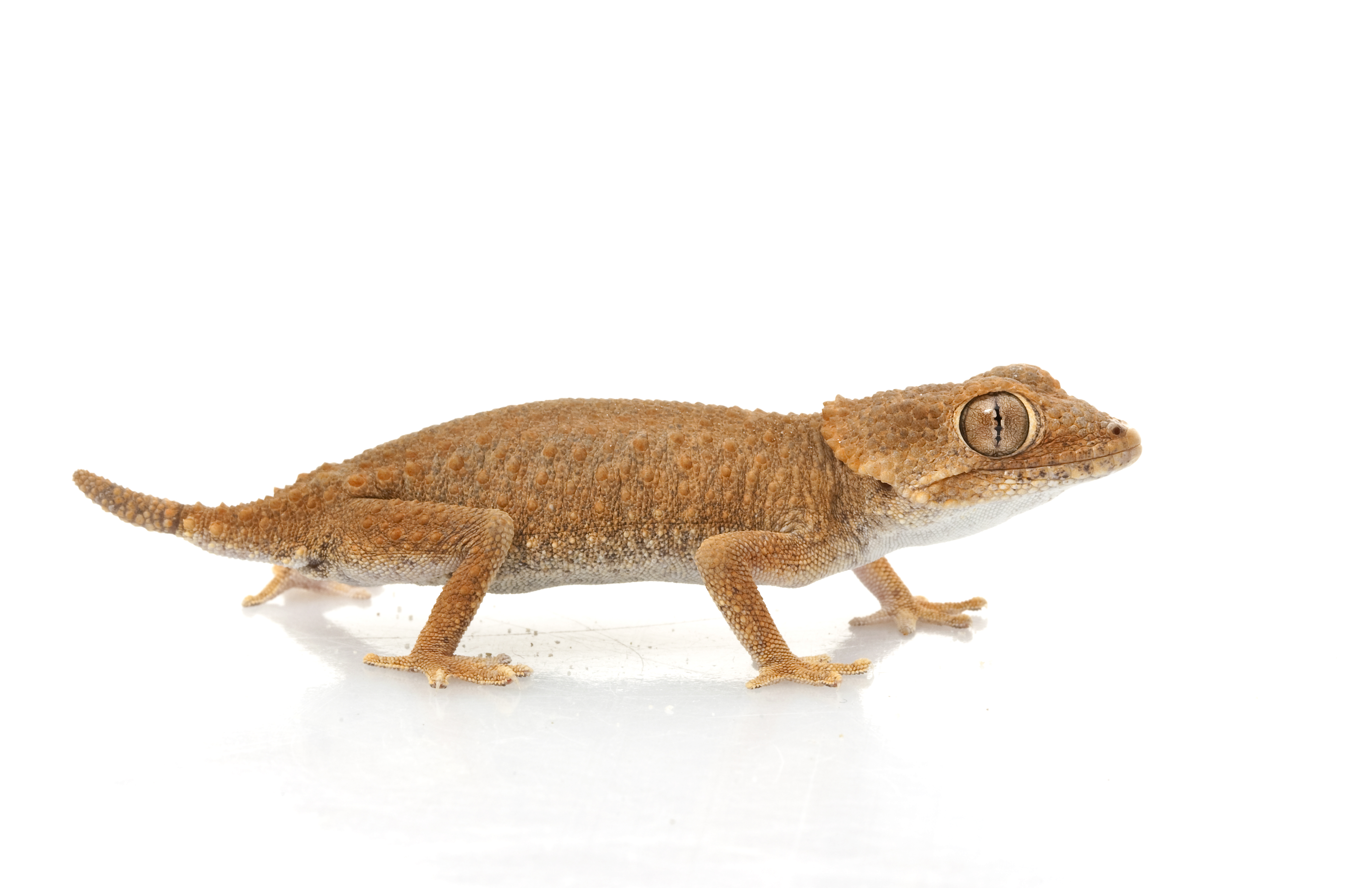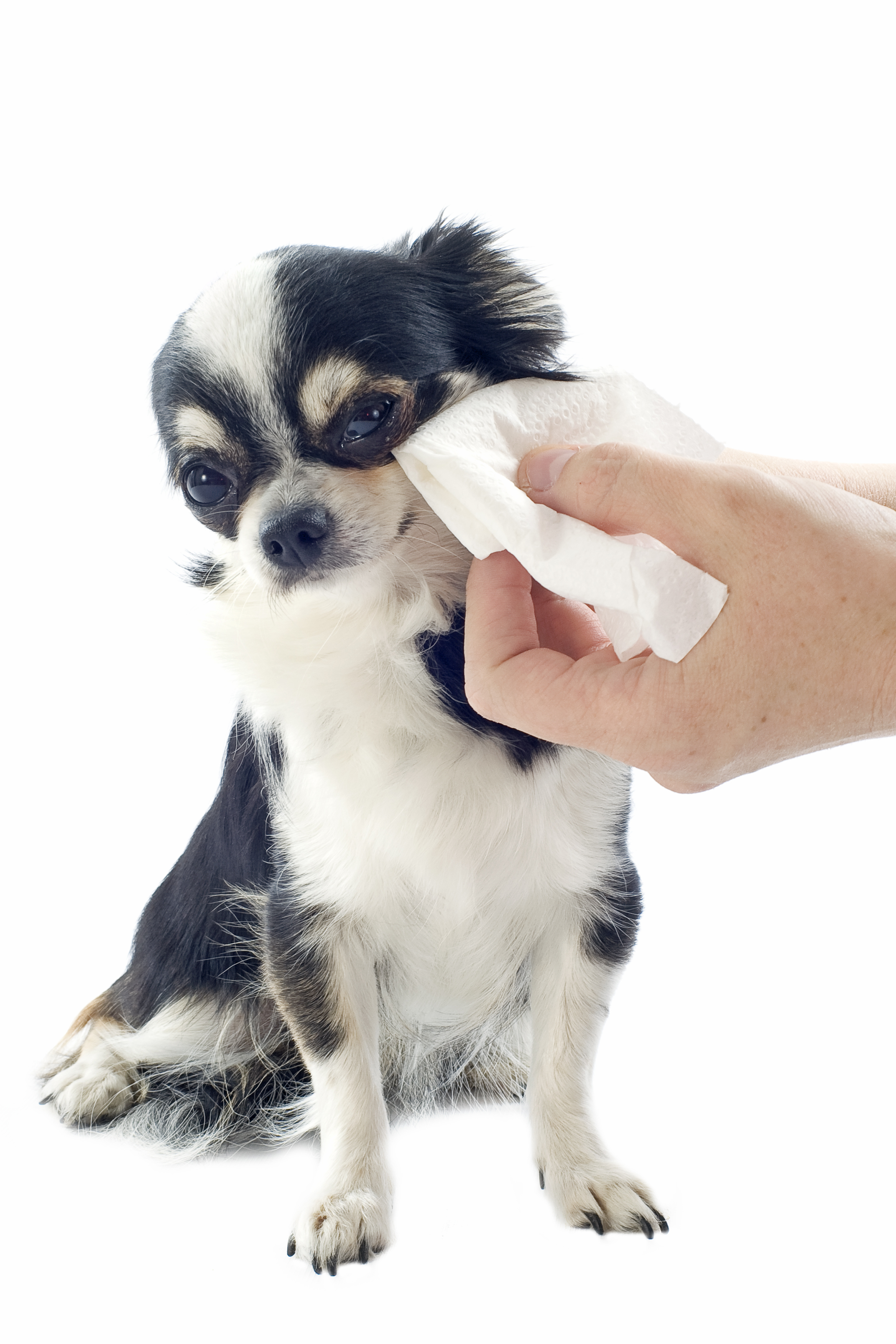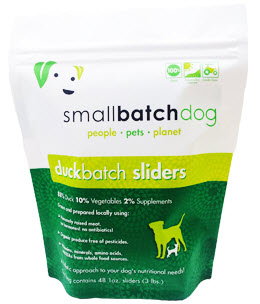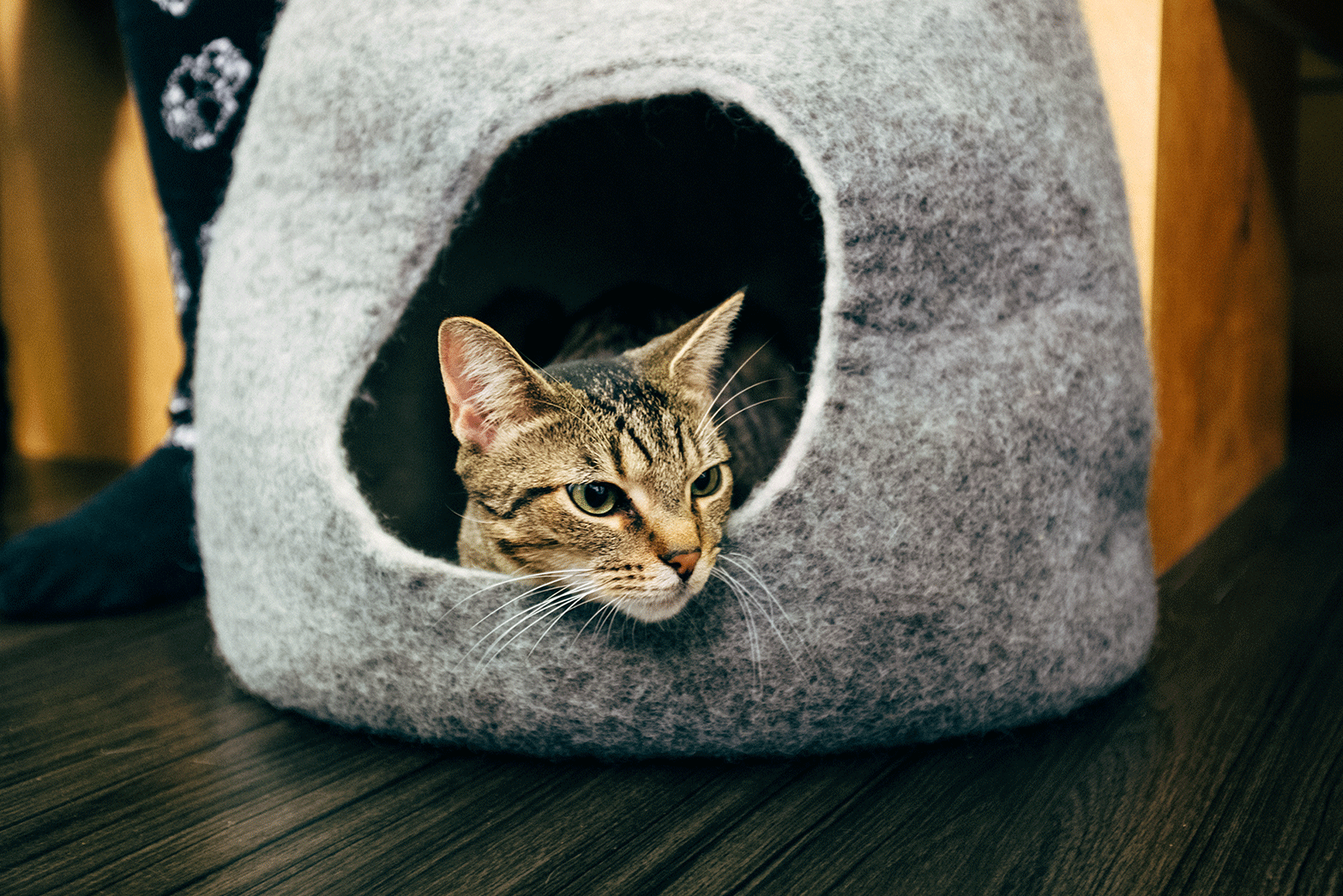Slow It Down There, Doggie
Maggie Marton //March 24, 2014//
Customers frequently seek solutions to problems with some idea of what they need, and purchase products they know will solve their problem.
The slow feeder category is different though because, more often than not, customers don’t know that a slow feeder could be the solution to their problem.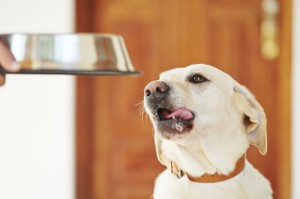
Customers come into the store looking for a solution to specific health concerns like gas or bloat, and behavioral problems like destructive chewing. These customers are probably unfamiliar with slow or interactive feeders. In fact, many customers aren’t yet aware that such products exist, so directing them to these products will help them discover new solutions to an old problem.
Bill McQuade, who along with his wife, operate three pet stores in Arkansas, said that few of their customers specifically seek slow feeders. Rather, they’re looking for solutions to problems like vomiting or gas, and he recommends slow feeding bowls as the solution.
Problem Solving
Customers whose dogs gulp their food or who have body types prone to bloat, seek solutions to help prevent their dogs from bloating, which can be deadly.
“Bloat is the second leading health risk in canines,” Eric Abbey, president of Loving Pets, said. “Our goal was to create a solution that helps prevent bloat by slowing your dog down while eating, and easily attaches to the bowl customers already own.”
Loving Pets introduced the Gobble Stopper, which is an affordable option because it doesn’t require the customer to purchase a separate bowl. Instead, it works with their existing ceramic, stainless or plastic dish. The “canopy” bone design of the Gobble Stopper creates an obstacle during meals, effectively slowing the pace of consumption by up to five times, according to the company.
Another solution is the Flying Saucer from Advance Pet Products. The stainless steel bowl is designed with a raised element in the center, which creates a channel around the rim from which the dog eats. Ravi Singh, of Advance Pet Products, said this product was developed for puppies. However, these types of obstacles encourage dogs to eat slowly, minimizing the health risks associated with eating too quickly.
Jason Vap, founder of petprojekt, offers the Bloat Blocker, which works on his own dog.
“There’s a great selection of slow feeding products out there on the market,” he said. “Our product, the Bloat Blocker, helps prevent bloat by utilizing the patent pending suction cup that allows it to adhere to any type of dog bowl, whether it’s ceramic, stainless steel or even plastic.”
It forces the dog to eat around it, which causes the animal to slow down in either drinking or eating.
“Since the original prototype, it’s greatly helped my Doberman slow his eating down by more than half the time,” Vap said.
Vap is correct when he says there are many types of these products available.
The Company of Animals offers the Green Dog Slow Feeder, which turns a dog’s meal into a challenging game. All a customer has to do is scatter the desired amount of food across the Green and watch the dog work to push the food out between the many blades of grass.
Behavior Issues
Further, customers seek solutions to behavioral problems like destructive chewing and obsessive compulsive behaviors. McQuade says that in his stores, he suggests slow feeders to customers who are struggling with these issues. For instance, the Gobble Stopper is recommended for multiple pet households where food stealing or food aggression issues may arise as a result of varying paces of eating.
Aikiou developed their interactive feeding products to address behavioral issues. The company’s products are designed to capitalize on a dog’s natural instincts.
“Each and every bowl we make is applied directly to the natural behavior of the animal,” Alexandre Tremblay, president of Aikiou, said. “Most [customers] look at it because they have a behavioral problem or a dog that is just bored.”
The Aikiou bowl adds an activity to the dog’s day that helps keep their mind occupied.
Because this category is unfamiliar to many consumers, there is tremendous room for growth. According to Tremblay, this category is destined to grow as consumers gain that much-needed education.
“It’s hard to say where this category will go,” he said. “It’s a need. It’s our responsibility to get dogs the products they need in their life to survive mentally or physically. This category is going to grow, and it’s going to grow pretty fast when people start to realize that we need to supply animals with the products they need to express their natural instincts.”
What’s Next?
Additional or expanded product offerings will help drive that growth. Singh, of Advance Pet Products, says his company plans to adjust its line by making a heavier dish and offering more options than the current 26- and 58-ounce sizes. He says they want to accommodate larger dogs in their future slow feeder offerings.
Education is the key to successful slow feeder sales, meaning sales staff should be prepared to direct customers who are facing health or behavioral problems to this category.
“A few [customers] ask about them,but usually it is an educational sale,” McQuade said.
This is where correctly merchandising the product to grab the attention of a customer can play a critical part. Consider end caps with educational signage and unique product placement.
“I certainly suggest that these types of items really need to be located near bowls, feeders and feeding supplies,” Vap said. “Many retailers have a specialty section, which causes great confusion to the end customer, whereas they might not be aware that there are products out there to help with this issue.”
